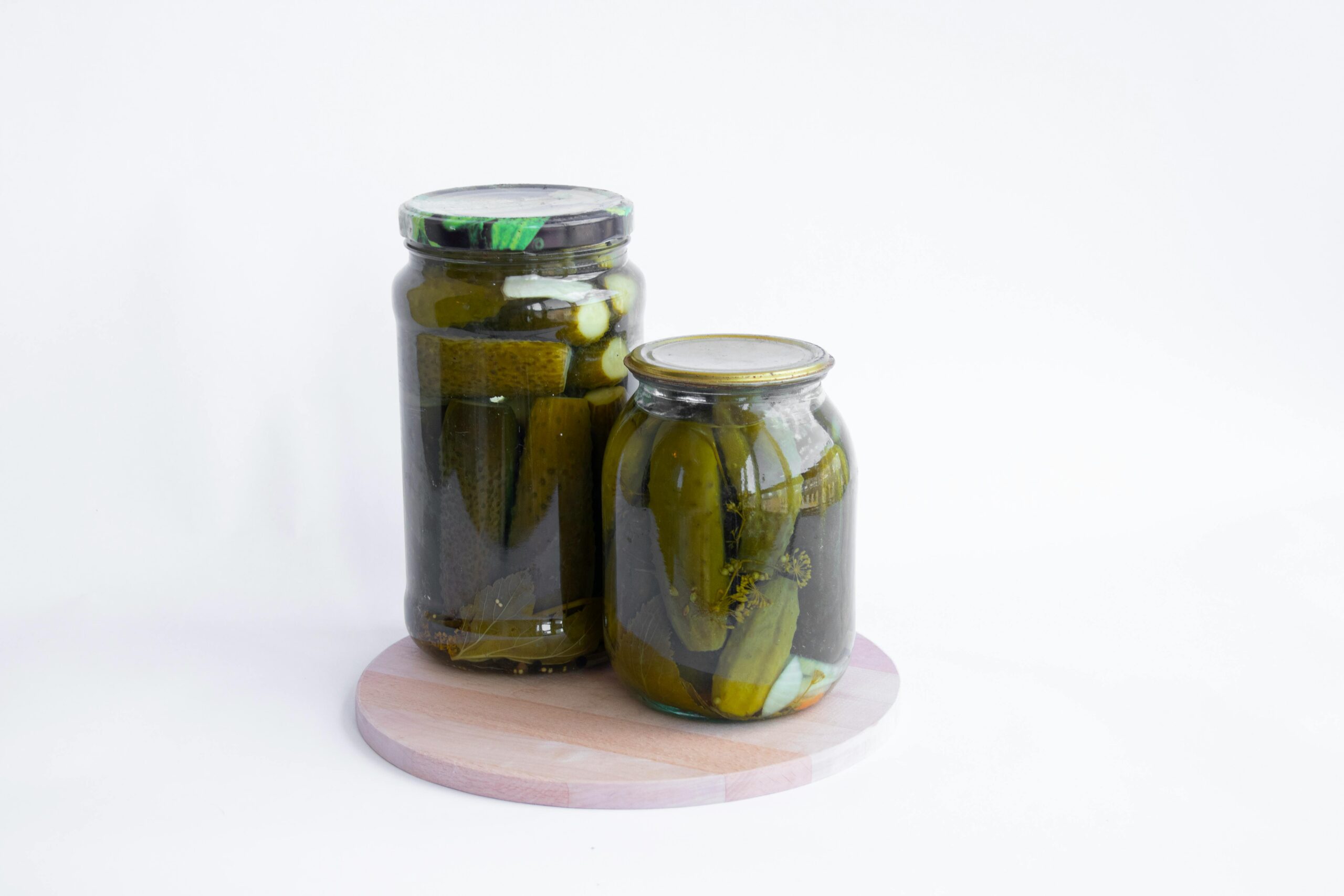The urban Indians, packed with takeaways from fast-food joints and instant foods that are ready in a jiffy at the end of a long working day, could worsen the present epidemic of hypertension due to its high proportion of salt. In a city, where every fourth adult is believed to have hypertension. The focus should be on reducing salt intake in the daily diet.
Around 21% of Indians are generally believed to have hypertension, while studies have shown that Mumbai’s figure is higher at 25%.
Hypertension, means increased blood pressure in blood vessels. This increased pressure can, over the years, weaken organs, precipitate heart attacks and kidney failure and trigger a brain stroke. Increased levels of sodium, a key element of the body can play a great role in causing hypertension.
“There is hidden salt in the Indian plate, right from papad to pickle”. The hidden salt, along with salt we liberally add to food, worsens the plight for Indians as far as blood pressure is concerned.
A study showed that 56% of those in Maharashtra had hypertension as compared to the all India figure of 46%.
Experts say that Indians consume up to 4 to 8 grams of salt daily, while the Indian health ministry hypertension guidelines say that only 2.4 grams is recommended.
It isn’t excess salt intake alone that heightens an Indian’s chances of getting hypertension.” It’s also the Indian build “Indians have thinner blood vessels than Caucasians, leading to different two groups. Hence, the Indian blood vessel’s ability to handle salt in lower than others.”
A study done in Chennai in 2002 found that an increased in take of 1.5 to 2 grams of salt was associated with an increase in high and low blood pressure by approximately 1 mm Hg. “The risk of cardiovascular disease rises with blood pressure throughout the normotensive (normal) blood pressure range and almost 60% of coronary heart disease occurs and 45 to 50% of strokes occur in those with high normal blood pressure.”
The Chennai study found that a reduce in intake of sodium by 1.2 grams daily would lead to a 50% reduction in the number of people requiring anti-hypertension therapy. The lower=intake could also mean a 25% reduction in deaths due to stroke and a 10% reduction in the number of deaths due to coronary artery disease.
One can stick to the traditional Indian diet. “If you stick to the traditional Indian diet, you will never go higher on salt.” “The problem creeps in when additions creep in the Indian thali. “Adding chutneys, pickles, and papads send the salt balance haywire.” So, processed foods also should be kept as “sometime foods” instead of everyday-foods.
DOCTOR’S ADVICE:-
- Exercise
- Avoid excessive salt in cooking
- Have foods low in salt like fruits and vegetables
- Drop foods high in salt like pre-prepared/processed foods
- Don’t add salt to your plate
- Be aware of the salt content in food choices in restaurants
- Prefer traditional foods over western or “fast” foods, which have salt for preservation.





